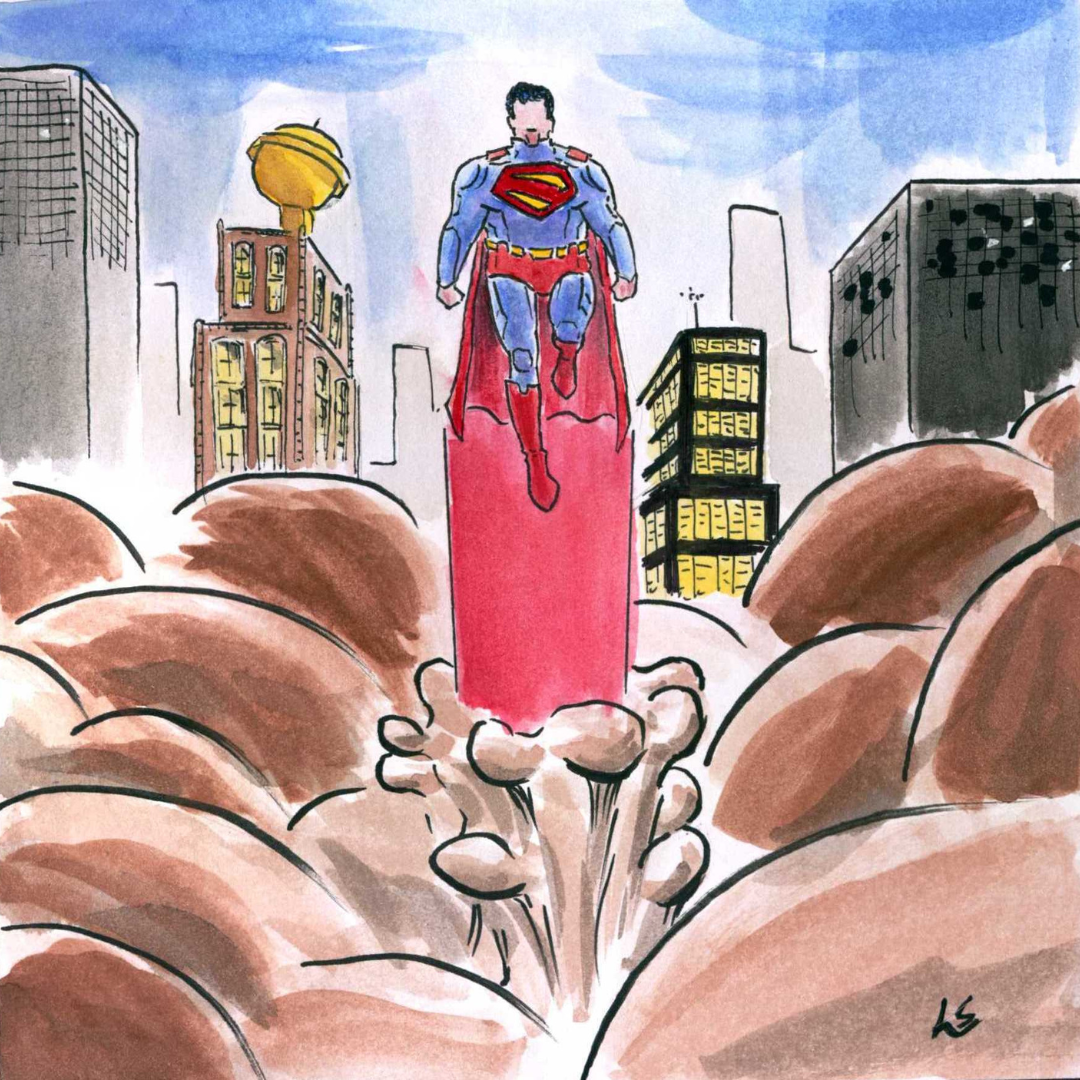It’s not everyday that one walks through an art gallery filled with over 8,000 lights interacting with the artwork. The lights are set to a continuous playlist, dangling from the ceiling. Visitors use their bodies as a paintbrush, documenting everything on social media.
The Fashion District of Philadelphia welcomed this unique twist to the usual art museum visit. With its grand opening late last month, Wonderspaces is 24,000 square feet with 14 room installations made by artists from all over the world.
Originating in California, Wonderspaces has only been around for about three years, with three other locations in the U.S. Jason Shin, co-founder of Wonderspaces, came up with the concept after visiting Burning Man and South by Southwest (SXSW).
“We look for extraordinary and accessible artwork from anywhere and by anyone [in the world],” Shin said.
Shawn Causey and Mark Daniell are two artists found by the Wonderspaces team in 2016. Causey and Daniell’s installation, “Sweet Spot,” is 12 feet tall, thirty-five feet wide and made from approximately 3,500 multicolor nylon strings.
“We hope viewers forget they are looking at strings and lose themselves for at least a moment as they look at the work,” Causey said.
According to Sondra Dorr, a Rhode Island School of Design graduate and guide at Wonderspaces, these types of interactive installations are rare and not usually accessible to the public.
“I love the fact that it is a space where you don’t need to be an art major or know art history,” Dorr said. “It’s about being interactive. It’s about the public, and that is what Philadephia needed.”
On the first floor, visitors Brigid Squilla and MT Giordano were enthralled taking photos of each other in the middle of “Submergence,” by artist Squidsoup. Squilla and Giordano were looking for something different to do in the Philadelphia area.
“There is not always a ton of stuff to do that’s not your typical museum visit or concert entertainment,” Squilla said. “It’s a mix between the two. It’s an experience but also visually and aesthetically pleasing.”

With the creation of Wonderspaces, Shin said he hopes people will leave the show with a sense of shared quality time with friends and family.
Photography is allowed inside Wonderspaces, however many of the installations ask visitors to walk through the artwork itself. Two of the works are virtual reality where visitors have the option of putting on eyewear and a headset.
For Trevor Harrison, a North Philadelphia resident and recently hired guide at Wonderspace, the virtual reality installations are his favorite.
“‘Dinner Party’ is really unnerving but I think I like that about it,” Harrison said. “It actually invoked emotion as opposed to looking at something and thinking, That’s cool.’ You feel something.”
It might be challenging to capture the virtual reality experience onto a Snapchat or Instagram post, but the other 12 installations maintain a popular presence on social media. Many people walking through are simultaneously showing their followers on social media every tantalizing and mind-boggling masterpiece.
Lane Shull, co-manager of Wonderspaces Philadelphia, said she tries to make sure the installations are not just a backdrop for people’s social media posts.
“While we do have very Instagrammable pieces, it’s more that we want to make sure the experience is much more elevated once you’re here and it’s not something that you quickly capture, see on your phone and move on,” Shull said.
Co-founders of “Illegal Art,” Otis Kriegel and Michael McDevitt created the installation “The Last Word,” currently being shown at Wonderspaces Philadelphia. For Kriegel, art is about public engagement and inspiring self-reflection, thought and connection.
“For us it’s not about the text, it’s not about the post, but it’s about that really intense personal experience,” Kriegel said. “Usually its hands on in some way or person to person.”
The experience is cathartic and allows people to express something they may have not been able to, according to Kriegel.
Kriegel said art encourages people to think in a different way, not just looking but also participating.
“It’s encouraging people to know that they’re a part of it, and their experiences are really valued in terms of the creation of many different types of art,” Kriegel said.














































